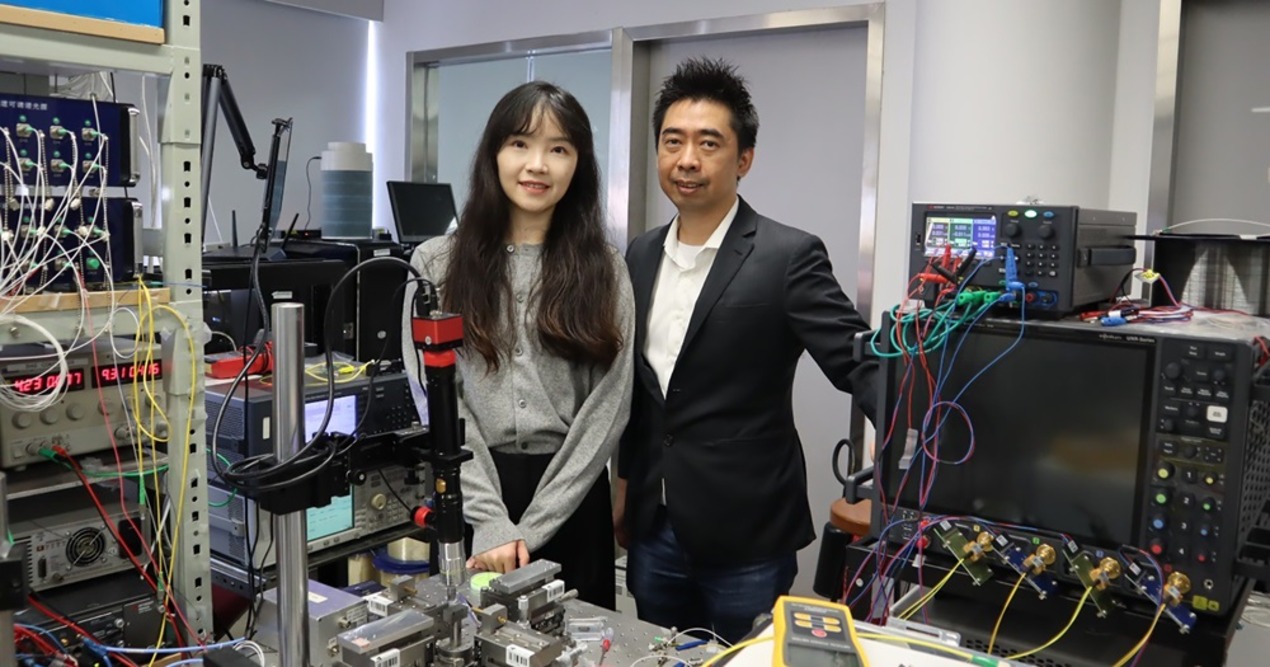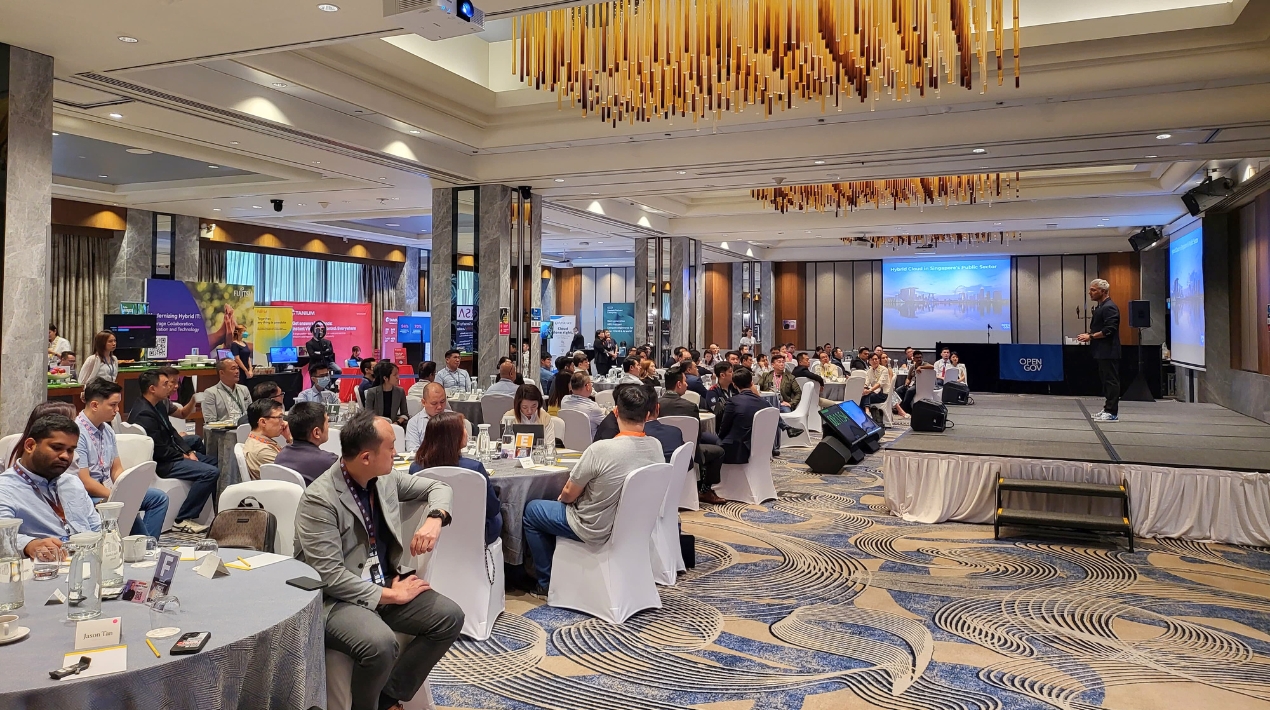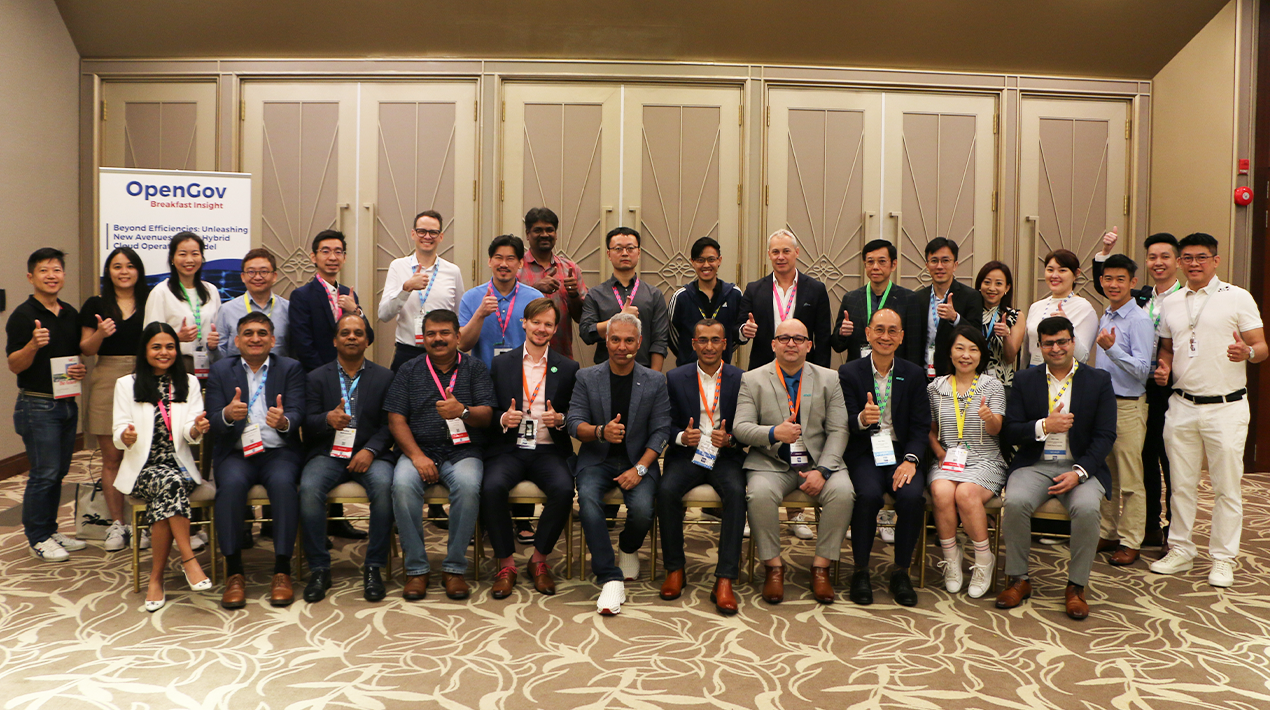
In
today’s digital era, the demand for a flexible Information Technology (IT)
infrastructure calls for speed, scalability, and convenience to encourage the
deployment of innovative applications for enhanced user experience.
A
classic example is the advent of streaming devices that enable communications
between computers, smartphones, and television sets linked to cable and
satellite networks. The beginning of this new digital era began with the focus
to drive accessibility and convenience in the entertainment industry through
the streaming of television shows, films, and other content aimed at individual
users or groups. The infrastructure now serves as a prototype for innovation in
other industries such as education, healthcare and finance, with a goal to empower
marginal populations that currently have little or no access to technology with
connectivity.
This
is why in India, successive governments have continuously pushed the
development of IT infrastructures. The government has recently accorded its
“Digital India” program as the nation’s top priority. Launched two years ago,
the initiative detailed the development of IT infrastructures, including the
delivery of high-speed internet services in urban and rural areas as a core
component[1].
The
future of IT infrastructure in India will involve innovations in technology
through artificial intelligence, data analytics, cloud computing, and open-source
platforms in efforts to upgrade all existing legacy systems. As the government
program takes hold, the sector is expected to triple its current annual revenue
to reach US$ 350 billion by 2025[2]. The IT industry will continue to
evolve as we progress further into a digital economy, making it tougher for
organisations to keep up with rapid pace of technological innovation. It is
more important now than ever to future proof IT investments, and here’s how you
can do so.
Customer insights: mining for the new
gold
Just
as the entertainment industry leveraged technology and innovation to deliver a
unique customer experience, the financial industry followed suit. Last year,
the Prime Minister of India launched the Bharat Interface for Money (BHIM) app,
an Aadhaar-based mobile payment application that will allow users to make
digital payments without the need for a credit or debit card. The app has
already reached 10 million downloads and the innovation of this portal has resulted
in accessibility to financial services country-wide[3]. The widespread adoption
of the application has also harnessed the data of millions of consumers into one
integrated system providing organisations with access to customer insights that
can be leveraged for information-driven business decision making.
However,
data will always grow, and customers’ demands will always change. So how can
business leaders ensure that they upkeep the large volumes of data while being
able to derive accurate, real-time insights to deliver better offerings for
customers?
One
of our local customers, YES Bank, deployed Cloudera’s Enterprise Data Hub to ingest
data from any source across any environment into a centralised data hub. This
provided YES Bank with the capabilities to mine large volumes of data from
financial transactions and develop machine learning algorithms to create new cross-sell
and up-sell opportunities for the business[4].
India
ranks among the top five countries in terms of digitalisation maturity with the
opportunity to grow and scale up digital platforms by 2020[5].To further support the
Indian government’s initiatives to become a digital economy, organisations must
invest in a scalable and robust data management platform that enables real-time
analytics to use data in ways not possible before and continuously innovate
business strategies for the future.
Cybersecurity is the new black
If
2017 has taught us anything, it is that cyberattacks, and data outages are
inevitable. Future proofing your IT investments also means ensuring that it is
guarded from these attacks in the best way possible and will be able to respond
and recover efficiently should an attack occur.
In
2013, the Indian government announced a National Cyber Security Policy aimed at
“protecting the public and private infrastructure.” The objective is to create
an ecosystem designed to generate trust and confidence in transactions in cyber
space, to encourage the adoption of information technology and to address fears
of privacy[6].
A
fitting example of technology that will support such an ecosystem is Apache
Spot, a community-driven cybersecurity project that brings advanced analytics
to all IT telemetry data on an open, scalable platform. One key factor that
will encourage collaboration in the battle against cyberattacks is Spot’s
capability to consolidate all enterprise security data into a comprehensive IT
telemetry hub based on open data models[7]. The open data model
strategy not only aims to support a wider set of cybersecurity use cases, but
it encourages knowledge-sharing and creates a unified effort to strengthen
cyber defences as a nation.
India’s
evolving cyber security framework is based on an assessment of threats from
espionage, warfare, terrorism and crime6. Cyberattacks have become
so common that all organisations are starting to think of what to do when instead of if they get hit. The fact that cyber threats are evolving at a
rapid pace makes it all the more important that your equipment and software are
also kept up-to-date. Here’s where automated cybersecurity solutions work best.
The
implementation of Machine Learning (ML) and Artificial Intelligence (AI) to
detect and respond to cyberattacks have become increasingly common. Apache Spot
also uses ML to expedite threat detection, investigation, and remediation while
supporting an entire ecosystem of other ML-based applications. This enables
maximum analytic flexibility, leading to better and faster threat detection.
There is no one-size-fits-all
cybersecurity solution available, and at Cloudera, we understand this well. Our
solution, built on Apache Spot,
empowers organisations to create
customised security solutions and deploy packaged applications on top of
one shared enriched data set[8]. This enables Chief Information Security
Officers (CISOs) to offload tasks to AI and ML, while harnessing the scarce
human expertise for decision-making, in efforts to build a more robust and
cost-efficient cybersecurity infrastructure. Killing three birds (cyber
threats, costs and lack of resources) with one stone, organisations have access
to a future-proofed platform that complements existing cybersecurity
investments.
Addressing the problems of today with
technology of tomorrow
The
Indian government is working hard to drive accessibility across the nation while
safeguarding the economy from cyber threats through IT solutions. This involves
the implementation of strong regulation for risk reduction, investment in human
resource development, forging public and private partnerships, as well as
creating a strong international partner network that will support research and
development programs. The country will need to prepare for the future as the
economy and competitive landscape will continuously and inevitably change.
The
need for infrastructures that manage the growing volumes of data will never
change, but the technology used to leverage data will continue to evolve. Embracing
and deploying the right kind of technology can help to shape the future, ensuring
that your IT investments will stand to reap the benefits from improved
efficiencies, lowered costs and greater revenue. At the end of the day, future-proofing
your IT investments also means future-proofing your organisation and its
success.
[1] Digital India, Government of India, 8 August 2014
[2] IT-BPM
Industry in India: Sustaining Growth and Investing for the Future, NASSCOM, 22 June 2017
[3] PM
delighted over 10 million downloads of BHIM App, Times of India, 9 January 2017
[4] Cloudera
Empowers YES BANK’s Digital Strategy to Deliver Enhanced Business Insights, Cloudera, 6 July 2017
[5] Majority
of Businesses and Economies Are Not Ready for Digital Platforms, Accenture
Research Shows, Accenture,
14 September 2016
[6] National Cybersecurity Policy, Ministry of Electronics and
Information Technology of India, 2013
[7] Apache
Spot for Cybersecurity,
Cloudera
[8] Cloudera’s
Cybersecurity Solution Brief,
Cloudera, 14 November 2016





















